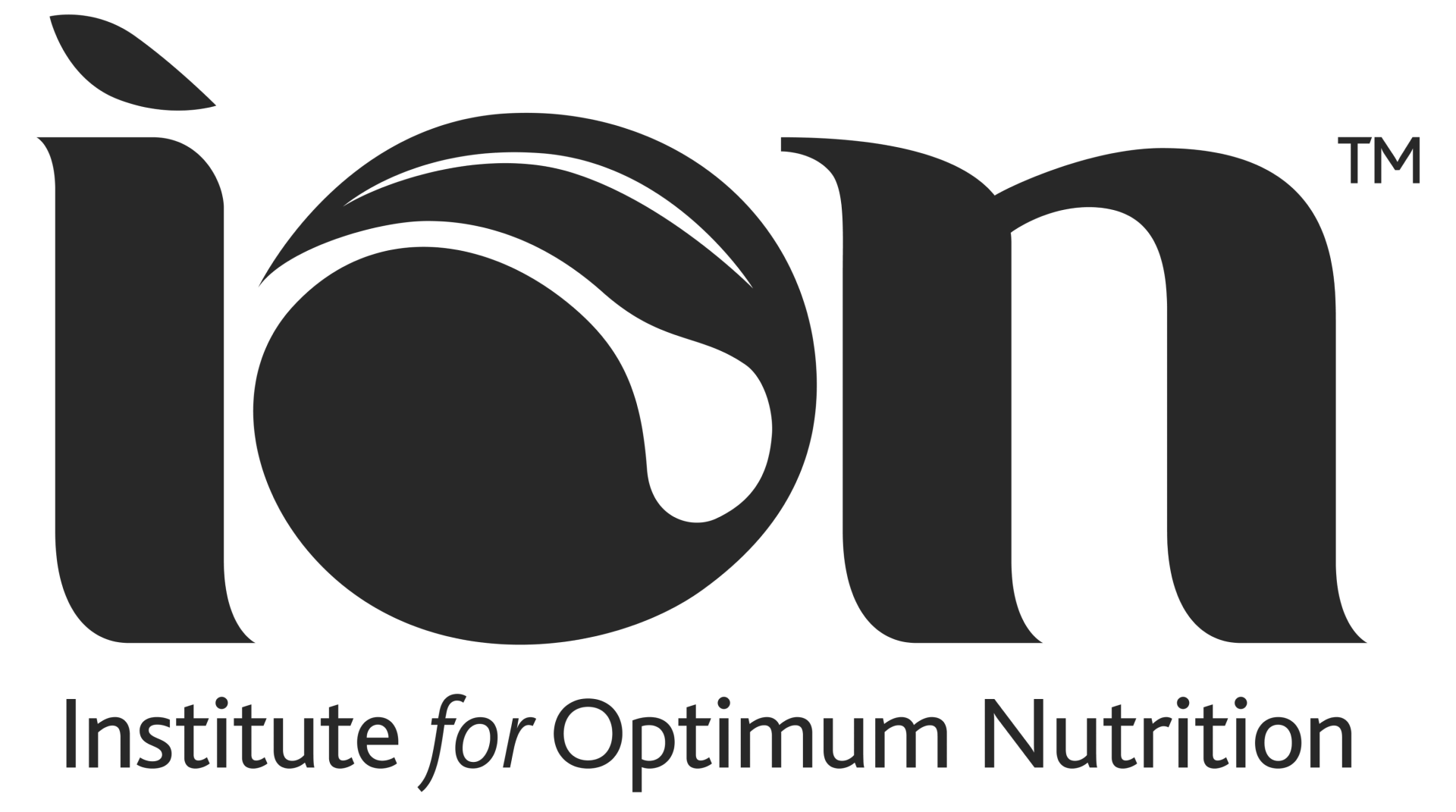If we are what we eat, could we also be what our food eats – or what lies deep inside it? One day, it’s a question that might be answered, now that DNA-sequencing techniques have been used to develop a ‘food microbiome’ database. Louise Wates writes.
In a study published in Cell,(1) researchers found that by analysing food-associated bulk or environmental samples, in a process called ‘metagenomics’, they could identify 10,899 food-associated microbes, half of which were previously unknown species.
Potentially, the technique and database could both be used to identify microbes specific to types of food or even certain regions or farms – a potential weapon against food fraud which often targets foods of specific origin. But they might also be used for studying the impact of food-related microbes on human health.
When we eat, we naturally consume the microbes present in our food; so it is perhaps unsurprising that the researchers could identify from the samples microbes that account for around 3% of the adult gut microbiome and 56% of the infant gut microbiome.
Nicola Segata, a computational microbiologist and the study’s co-senior author, based at the University of Trento and the European Institute of Oncology in Milan, Italy, said of the finding: “This suggests that some of our gut microbes may be acquired directly from food or that, historically, human populations got these microbes from food and then those microbes adapted to become part of the human microbiome.”(2) She said that while 3% might seem like a small number, it could be “extremely relevant” in terms of function within the human body.
The knowledge that we acquire gut microbes from food is not new. Probiotics, found in fermented foods such as kefir, are live bacteria that many people deliberately consume with the aim of improving their gut health and, as a consequence, their overall health. The suggestion from the study, however, is that being able to categorise food-related microbes could lead to a better understanding of which specific foods are more likely to contain microbes positively associated with human health. Take the idea even further and could we soon be looking at definable ‘super foods’?
In addition to being able to add food-associated microbes to a database, the team was also able to identify similarities and differences between them. Fermented drinks, for instance, were found to have more similar microbial communities than those found in fermented meat. Dairy products were found to have greater differences – although the researchers were clear to state that this finding may have been due to more dairy products being sampled.
It might still be early days for this type of research, but it does beg the question as to whether counting microbes could one day take the place of counting plant foods consumed in a week, counting macros, or – rapidly falling out of fashion – counting calories. Indeed, Segata said: “With this database, we can start surveying at a large scale how the microbial properties of food could impact our health.”
How much of the health puzzle microbes make up remains to be seen. Nevertheless, by being able to identify microbes from a specific area or individual farm, the study does suggest that not all foods are made equal. As the sayings go: ‘Potayto-potarto’ or ‘tomayto-tomarto’. Foods may appear to be the same yet not be equal in what they do by the time they hit our hungry microbiomes.
An illustrator of this is the impact that industrial chemicals – which may be present in some foods and not others – can have on the human gut. Recently, a study on mice found that when germ-free mice were fed high levels of ‘forever chemicals’ in tablet form, it led to health complications. (3) Found in industry and agriculture, ‘forever chemicals’ are those that are widespread, do not naturally break down, and are known to negatively impact health.
The study focused specifically on a persistent organic pollutant (POP) called 2,3,7,8-tetrachlorodibenzofuran (TCDF), which is a byproduct of waste incineration, metal production, and fossil-fuel and wood combustion. Because TCDF is lipophilic (i.e. fat-loving) it dissolves in fat and because of this, exposure to humans can be through high-fat foods such as meat, dairy products and some fish. Babies can also be exposed through consumption of breast milk, which is also naturally high in fat.
During the study, results were collected from the mice after a five-day course of TCDF and at three months after the last dose; the timings described as “equivalent to an infant and a young adult”.
Yuan Tian, lead author and associate research professor at Penn State University, USA, said: “We found that early life exposure to TCDF permanently disrupted the gut microbiomes of the wild-type mice. We also found that these mice had higher body weight and glucose intolerance at age four months.” (4)
When the gut microbiome of these mice was introduced into other germ-free mice, the impact was the same, indicating that the TCDF-disrupted microbiome was affecting the health of the mice.
The researchers stated that although they had deliberately fed the mice higher levels of TCDF than humans would typically be exposed to, that by doing so they would be able to extrapolate what might happen at lower doses.
This study is one of several that has pointed to the potential harm caused by some chemicals, show that the impact of food is not just nutritional in helping to support good health. What the research on microbes is yet to reveal, however, is whether the quality of microbes may be affected by the environment in which food is produced.
What the ‘forever chemicals’ study did reveal, when it came to gut health, was that after disruption, gut microbiome disturbances were marked by a decrease in certain bacterial species, including Akkermansia muciniphila, a bacterium that is also typically found in the human gut microbiome.
Tian said: “This is important because Akkermansia is recognised as important for overall gut health, but now we know that it can be adversely affected by TCDF.”
Further research would be needed to determine whether it is possible to undo the damage by consuming foods that support beneficial bacteria. But as both of these studies suggest, microbes may only be part of a much bigger puzzle.
References
1) DOI: 10.1016/j.cell.2024.07.039
2) What’s in the microbiome of the foods we eat? | ScienceDaily
3) Environmental Health Perspectives, 2024; 132 (8) DOI: 10.1289/EHP13356
4) Early life exposure to common chemical permanently disrupts gut microbiome, study suggests | ScienceDaily
Enjoyed this article?
Read this article about volume eating
For articles and recipes subscribe to the Optimum Nutrition newsletter
Discover our courses in nutrition






